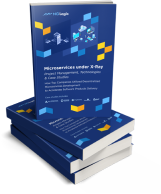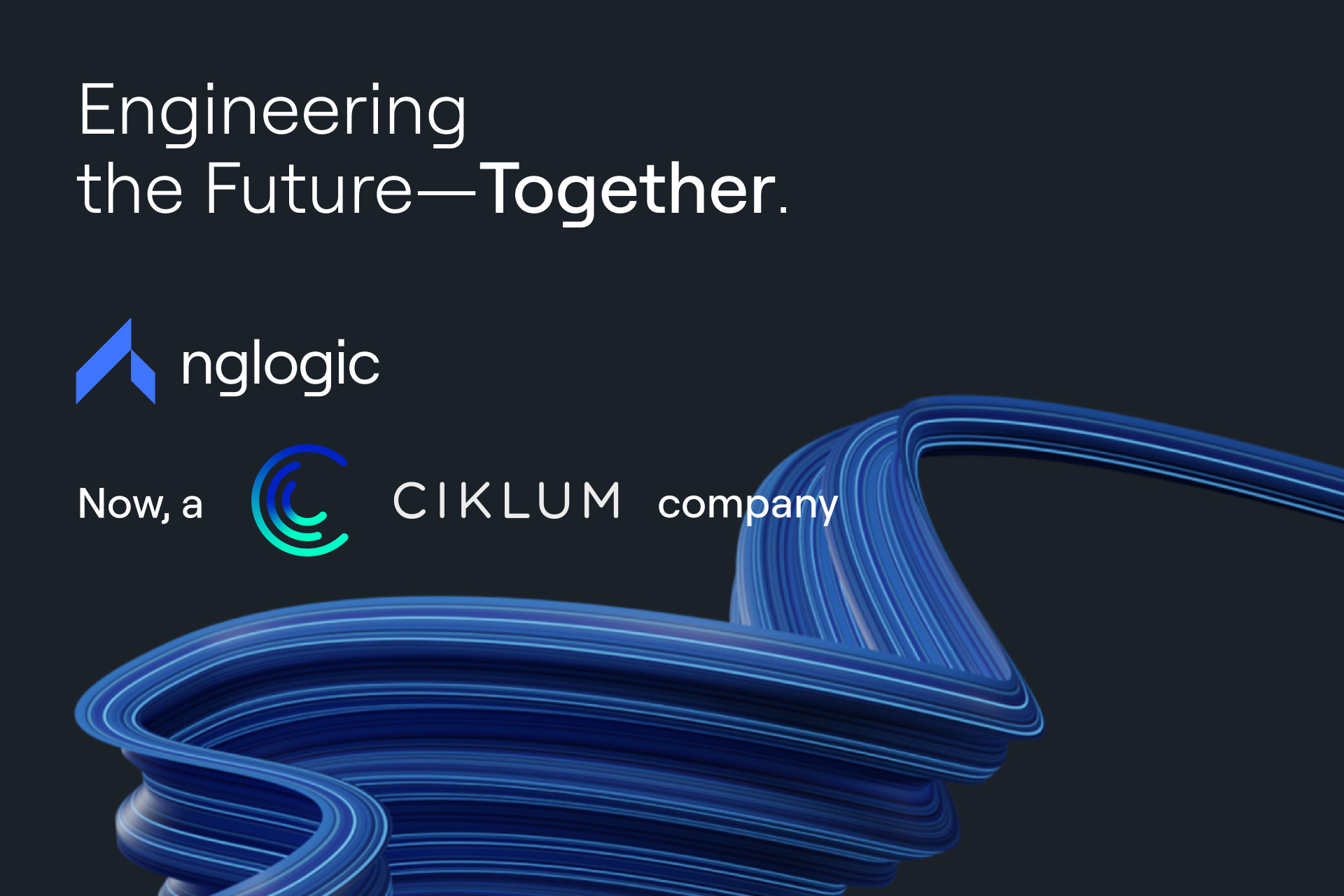User experience is crucial for the success of any digital product. A properly conducted UX review can help you identify flaws in your app’s or website’s design and fix them. Find out how a usability audit works and what you can gain from it.
It’s hard to overestimate the impact UX has on business. According to research from Forrester, every dollar invested in polishing user experience brings $100 in return, resulting in a colossal ROI of 9,900%. The reason is simple: customers really appreciate good user experience and show little mercy for the poor ones.
$6.8 billion lost per year due to poor UX
A study by Kinsta shows that 70% of online shoppers abandon their carts due to usability issues. Here’s another one: Zippia estimates that business owners lose $6.8 billion annually due to slow-loading websites. And one more (Zippia again): 94% of site first impressions are design-related.
There’s literally a deluge of data confirming that an online business will most likely fail to succeed without high-quality UX. But how to make sure the UX is of the right quality? The most straightforward way is to perform a UX review.
What is a UX review?
A UX review, aka UX audit, is an expert analysis of your product’s usability. The process involves a series of steps that investigate existing and potential issues and help provide actionable solutions for your app, website, or other digital system.
A UX audit is a cost-efficient alternative to user research that takes time and resources related to engaging a large group of end users. UX reviews are performed by teams of senior consultants experienced in identifying usability problems. They allow you to address hidden flaws as well as deal with more evident but neglected shortcomings.
UX audits cover a wide spectrum of areas, including ease of use and accessibility, layout consistency, visual appeal, usefulness, ability to stimulate engagement and drive user action, content quality, sales performance, and even legal compliance. The inspection scope may depend on the product’s type and development stage, your business goals, and a preferred approach.
Basically, a UX audit evaluates a system against a checklist of best usability practices and standards. This can be done based on user scenarios or the heuristic approach. In practice, this division is blurred, and both methods tend to merge into one providing the best results when applied together.
User scenarios are realistic situations related to user-system interactions relevant to specific aspects of the design. In other words, they are plot-based narratives describing how a person handles a digital product to achieve their user goals. As regards the heuristic evaluation, it is based on Jakob Nielsen’s ten general heuristics for interaction design. We’ll get to that in a moment.
How do you conduct a UX review?
There is no determined, step-by-step method of performing a UX audit, and there are quite a few research methods to choose from. A successful UX review should provide you with actionable insights for improvements and boosting performance. The way you handle the process should be subject to this goal. There is a general structure, though, that encapsulates the details. Essentially, any UX review needs to include the following stages:
- gathering relevant data,
- extracting insights,
- and providing recommendations.
This rough classification assumes that you already have a clear understanding of your business goals and user needs. If not, you should start from here rather than digging into data. Kick things off with meetings and interviewing stakeholders to put things in the correct perspective. Once the essentials are covered, you can move on to the next steps. Here’s what goes into the process.
Data analysis: check numbers for insights
Design is not (directly, at least) about numbers, but a UX review won’t work without them. You’ll need to crunch data to derive relevant insights in search of possible issues. You’ll find it in Google Analytics, Facebook reports, and other analytical tools or data sources you use in your project.
Things to focus on include traffic, bounce rate, conversion rate, paid ads performance, popular search terms, users flow, and anything that may provide insight into user behavior and intent. There’s more, depending on your business model, marketing strategy, and priorities. For example, if you run a mailing campaign, go into the metrics like open rate, clickthrough rate, unsubscribe rate, etc. If you run an e-commerce company, focus on sales. If your website is a news outlet, get relevant analytics data on traffic, and so on.
Heuristic assessment: Nielsen’s usability principles
Nielsen’s usability principles form the basis of most UX audits. They serve as pointers for an experienced UX expert who analyzes the product for UX issues by raising relevant questions, such as:
- Does the design inform users about what is going on so that they receive feedback when necessary and don’t get confused?
- Does the interface clearly convey the message using familiar concepts?
- Does the user interface provide “emergency exits,” allowing users to easily drop unwanted actions?
- Is the design consistent across pages or other components of the system?
- Is the system optimized for shortcuts allowing for streamlined interaction?
After verifying the product’s compliance with Nielsen’s heuristics, the auditor should produce a concise report covering issues and suggested solutions. Heuristic assessment is a critical component of a UX audit. Still, it’s susceptible to a designer’s bias – a tendency to interpret data in the context of our skills, knowledge, or preferences rather than with an end user in mind. In other words, heuristics help an expert pick up flaws, but they’re not enough to complete the job with flying colors.
Usability testing: task-based product evaluation
Usability testing is a UX evaluation process based on performing typical tasks by participants and observers watching and taking notes. In simple terms, it’s about letting users interact with an app, website, or landing page under the watchful eye of an experienced UX practitioner.
Usability tests allow you to reveal weak spots in the user journey, fix glaring issues, and discover opportunities for delivering a better experience. Usability testing can be done the simple way or “taken to the next level” with eye-tracking research. Based on the results, experts can gauge the functionality of the digital product and identify areas requiring improvements.
Usability tests are not to be confused with user testing, although both terms are often used interchangeably. However, the main goal of the latter is to find out whether users really need your product. Because of that, user testing should be performed before the product’s launch.
Another method frequently confused with yet similar to usability testing is a cognitive walkthrough – also a form of design review. It’s a technique for evaluating a system’s learnability from a new user’s perspective performed by a group of 2 to 6 reviewers who assess the interface with regard to specific user flows.
Workshop time: discussing usability issues and working out a consensus
A UX review doesn’t end with identifying issues and coming up with recommendations to fix them. All the precious suggestions need to be discussed with the interested parties during a workshop to choose the best solution for each problem. Working out a consensus can be tough. There can be multiple views on how to handle particular UX design flaws with maximum benefit and efficiency.
A good practice is to classify the issues into at least two groups: quick wins and business challenges. The former contains drawbacks that can be easily fixed. The second covers more challenging shortcomings that need to be dealt with but can’t be put on the fast track. With this approach, you can quickly get rid of simple UX bugs that may impact your business and then focus on coping with complex matters.
If you want a more detailed prioritization, you can use a five-point severity rating proposed by Nielsen Norman Group. The scale starts from zero denoting a potential non-issue and ends at four assigned to a “usability catastrophe.”
What are the benefits of UX reviews?
Poor user experience is a business killer that can waste a few months’ worth of development effort and an otherwise great service or product strategy. On the other hand, an adequately performed review based on solid UX research can have a significant impact on your performance. Obviously, auditing is not enough – you need to skillfully apply improvements under the supervision of an experienced UX designer. Fixing major issues and fine-tuning your app for mobile usability or landing pages for a sleeker web experience will allow you to:
- reduce the bounce rate for your landing pages,
- boost customer retention,
- increase conversion,
- attract new users and new clients,
- increase return on investment (ROI),
- gain a competitive edge,
- scale your business easier and faster.
A user review can sensitize you to both overlooked flaws in your specific product and more general issues to be aware of launching other digital projects. Having your design assessed and validated by a third party and confronting your own ideas with an expert’s recommendations also provides great value for your business.













 +1 (888)
413 3806
+1 (888)
413 3806